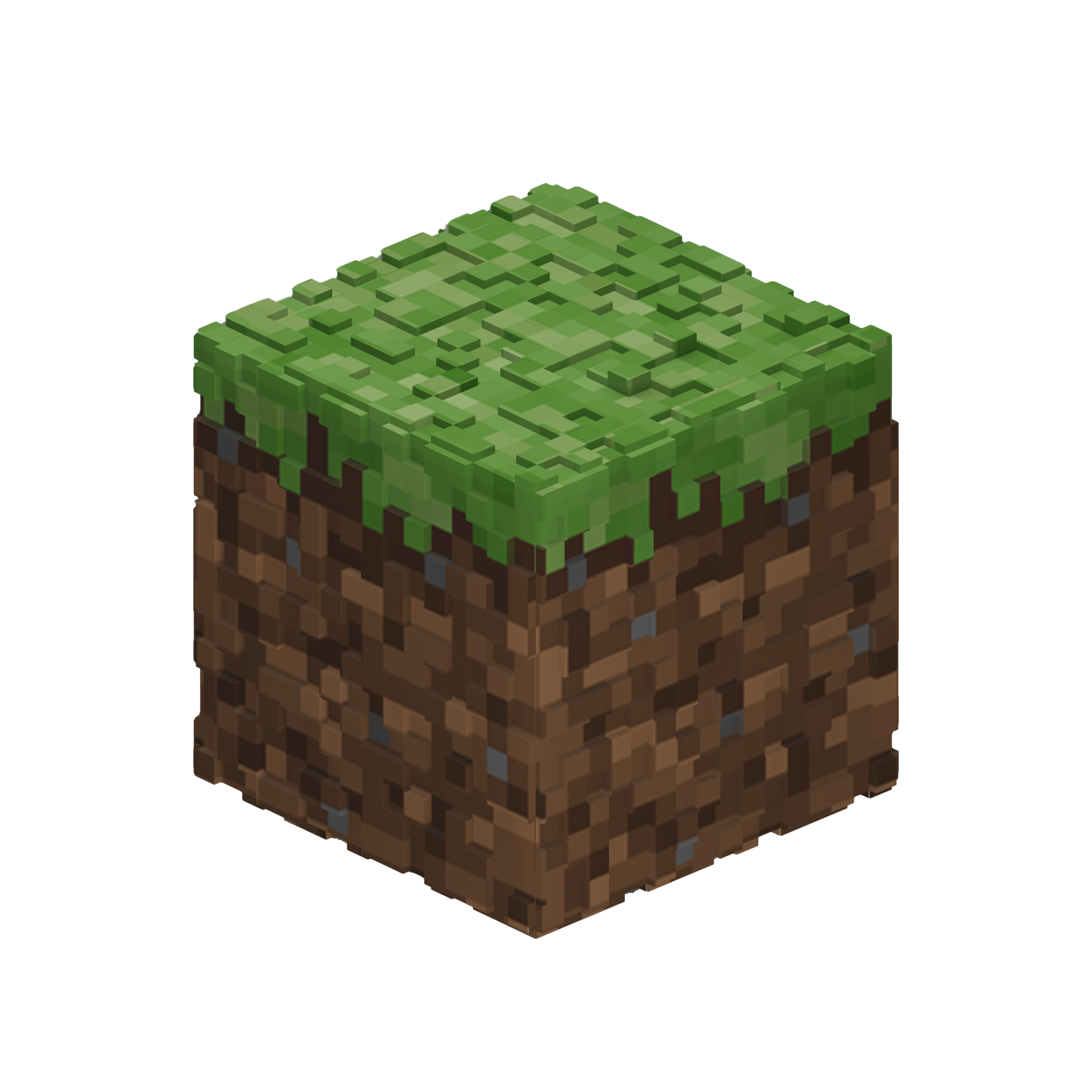 Home
Building
Crafting
Combat
Commands
Redstone
Credits
Home
Building
Crafting
Combat
Commands
Redstone
Credits
 Home
Building
Crafting
Combat
Commands
Redstone
Credits
Home
Building
Crafting
Combat
Commands
Redstone
Credits

Redstone dust acts as a wire, transmitting redstone power through it. Unlike the real world, there is infinite power that lasts forever once a power source is placed, although as it travels through the wire it gets duller and duller until 15 blocks later the signal disappears.
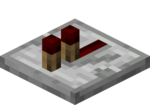
Redstone repeaters are used to transmit power. They strengthen redstone dust signals that have been weakened by distance. They are also used to delay a signal and/or redirect a signal.
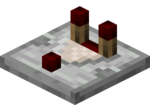
Redstone comparators are used to compare or subtract two signals. They can also be used to measure how full a container (for example a chest or hopper) is.
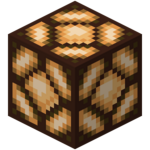
Redstone Lamp is a simple redstone component that emits light when activated. These are often used as an indicator in large redstone contraptions.
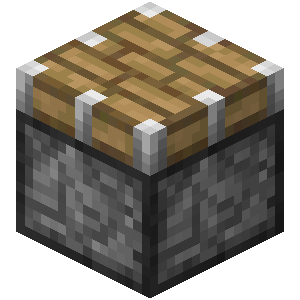
Pistons are used to push blocks. Sticky pistons can push and pull blocks. There are some blocks, however, that cannot be pushed or pulled, for example obsidian.
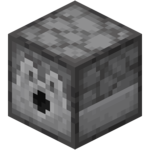
Both dispensers and droppers drop out any one of the items inside of them when powered. Dispensers can also shoot out projectiles, such as arrows, and empty buckets of water or lava.
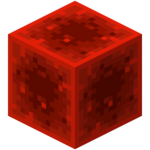
Redstone Block is a simple redstone component that acts as a power source. They power all redstone components on all 6 sides.
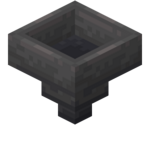
Hoppers can take items out of containers, such as chests and other hoppers, and then feed the items into other containers.
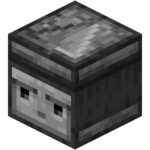
One side of the observer (the side with the face on it) checks for block updates (i.e. a block being broken or placed), and when one is detected the side opposite it will output redstone power for a brief period of time.
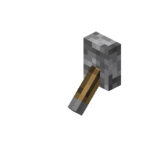
Levers, when turned on, power all redstone components connected to them until it is turned off.
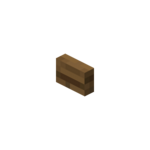
Buttons power all redstone components connected to then for a brief period of time.
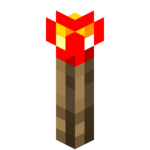
Redstone torches act as a power source. They are also used to invert redstone signals.
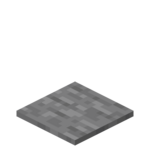
A pressure plate is a block that can be used to detect players, mobs, items, etc. that steps over it. It has four variants, wooden, stone, light weighted and heavy weighted.
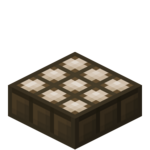
A daylight detector is a block that outputs a redstone signal based on sunlight. It can be inverted to detect lack of sunlight.
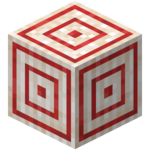
A target is a block that provides a temporary redstone charge when hit by a projectile. The strength of the signal depends on how close the projectile hit to the middle.
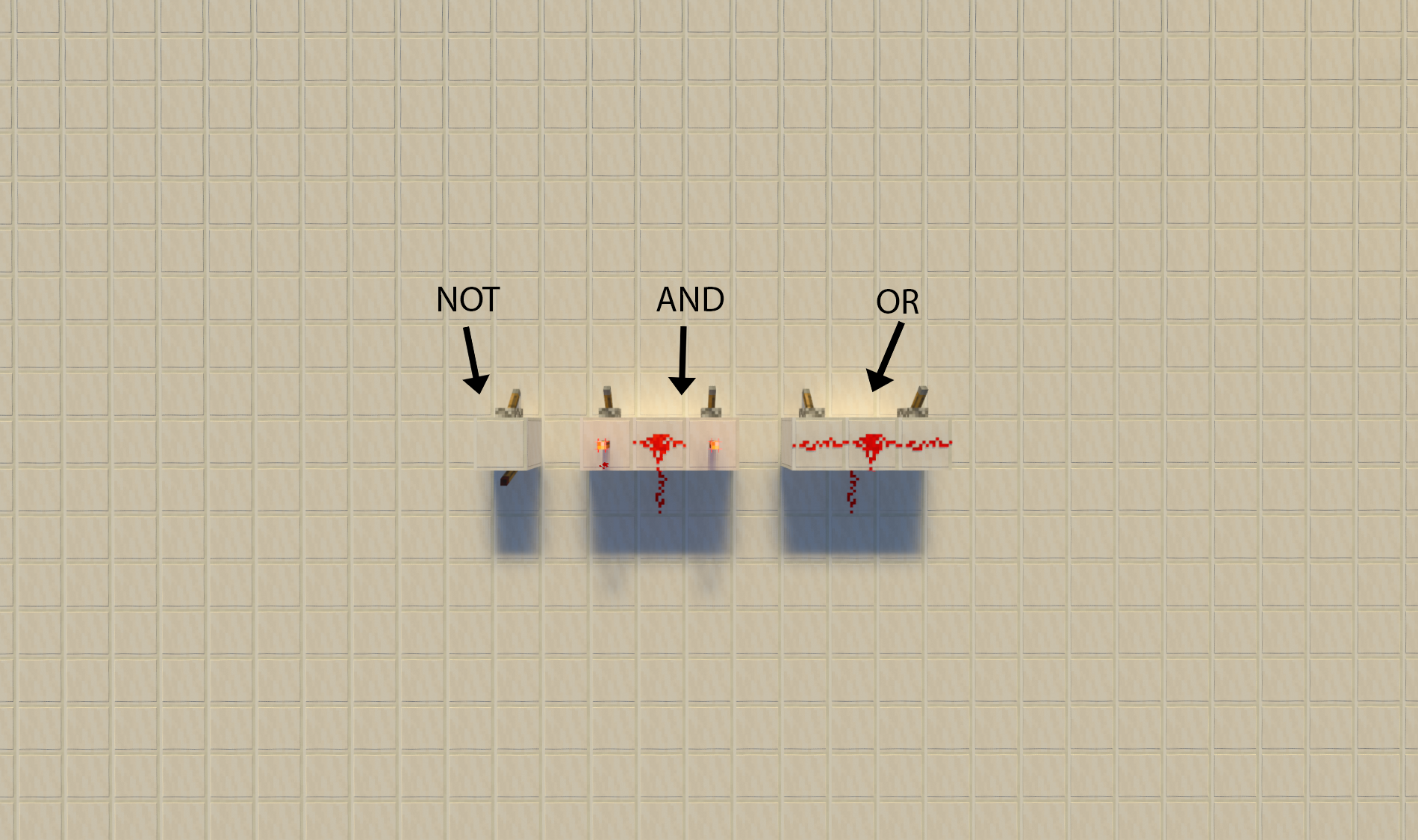
These components can be combined to create logic gates, such as the or, and, and not gate. These fundamental gates are the same as devices in the real world use, meaning that you can create an entire CPU in Minecraft. You could also make a circuit that adds binary numbers without using too many components. While redstone being able to form logic gates has many theoretical implications including Turing-Completeness and being able to perform any computation a computer can do, it has additional practical purposes for farms. For example, you could kill mobs in a killing chamber every 10 minutes (as determined by daylight sensor) OR when the player hits a button.
While redstone is complicated, amazing things can be done with it. From farms to contraptions to minigames redstone can completely change the way you play minecraft. You can choose to specialise in it and make amazing Jeb Doors through complicated piston arrangements as shown, or just use redstone to make farms. Most players are bad at redstone, so don't fret if its nature eludes you! There is a fun video on the right explaining how to improve at redstone. His channel contains lots of redstone tutorials and builds if this webpage has left you yearning for more. The Official Minecraft Redstone Handbook contains many step-by-step tutorials and explanations of components and is a valuable resource for aspiring redstone designers.